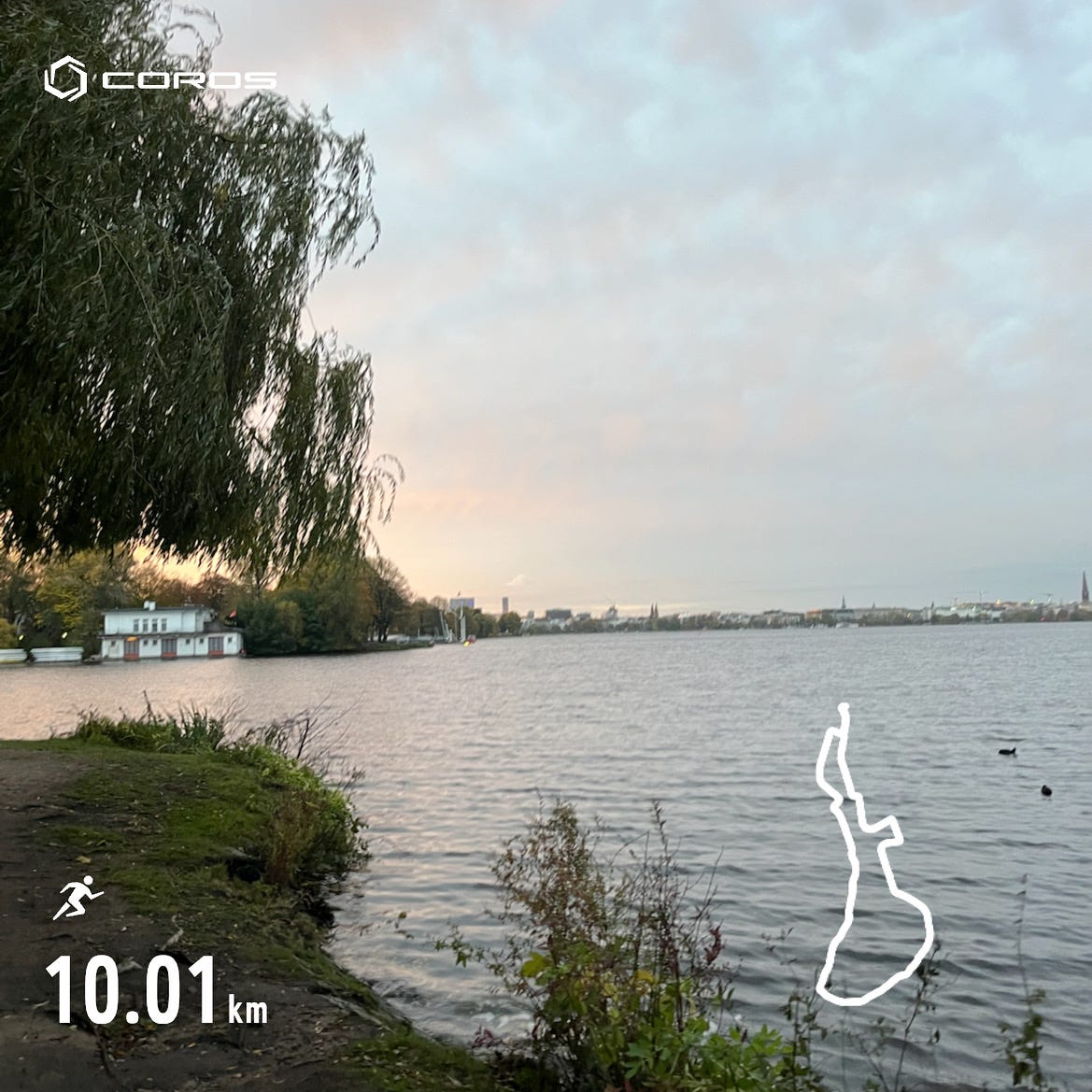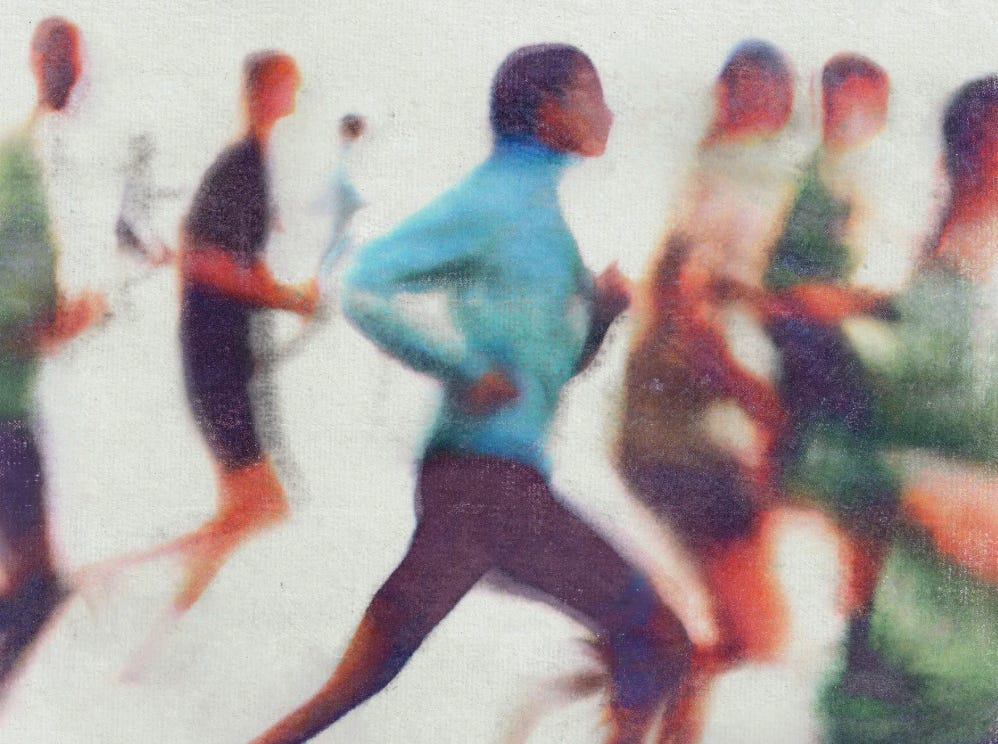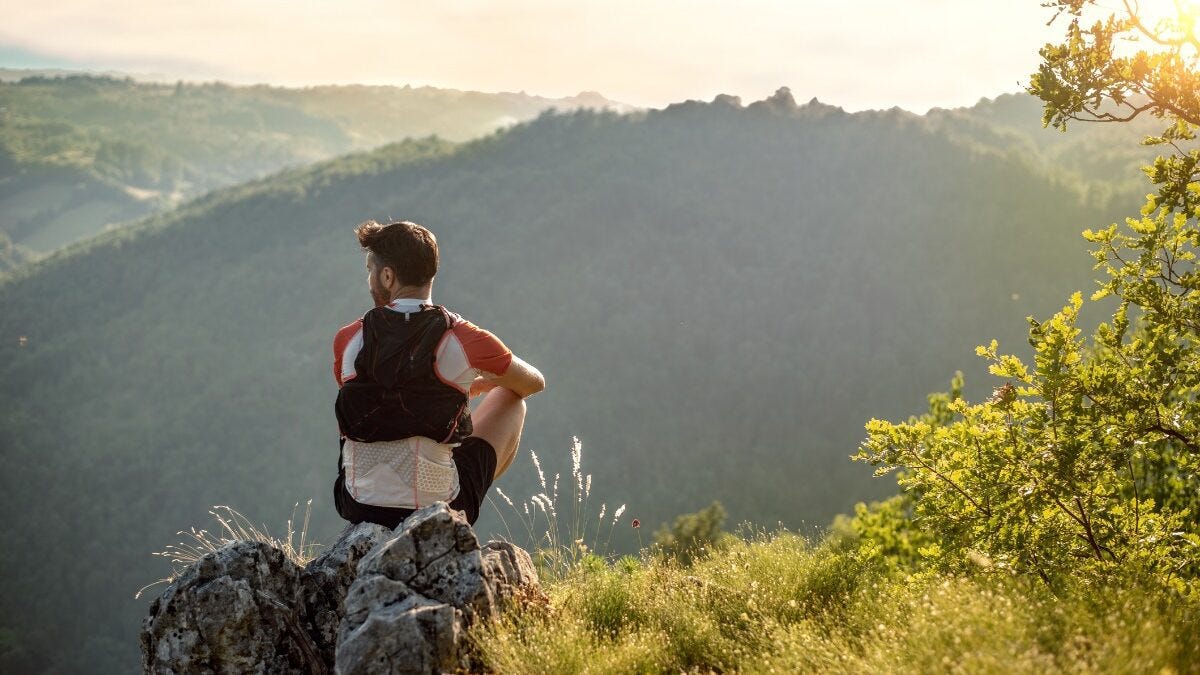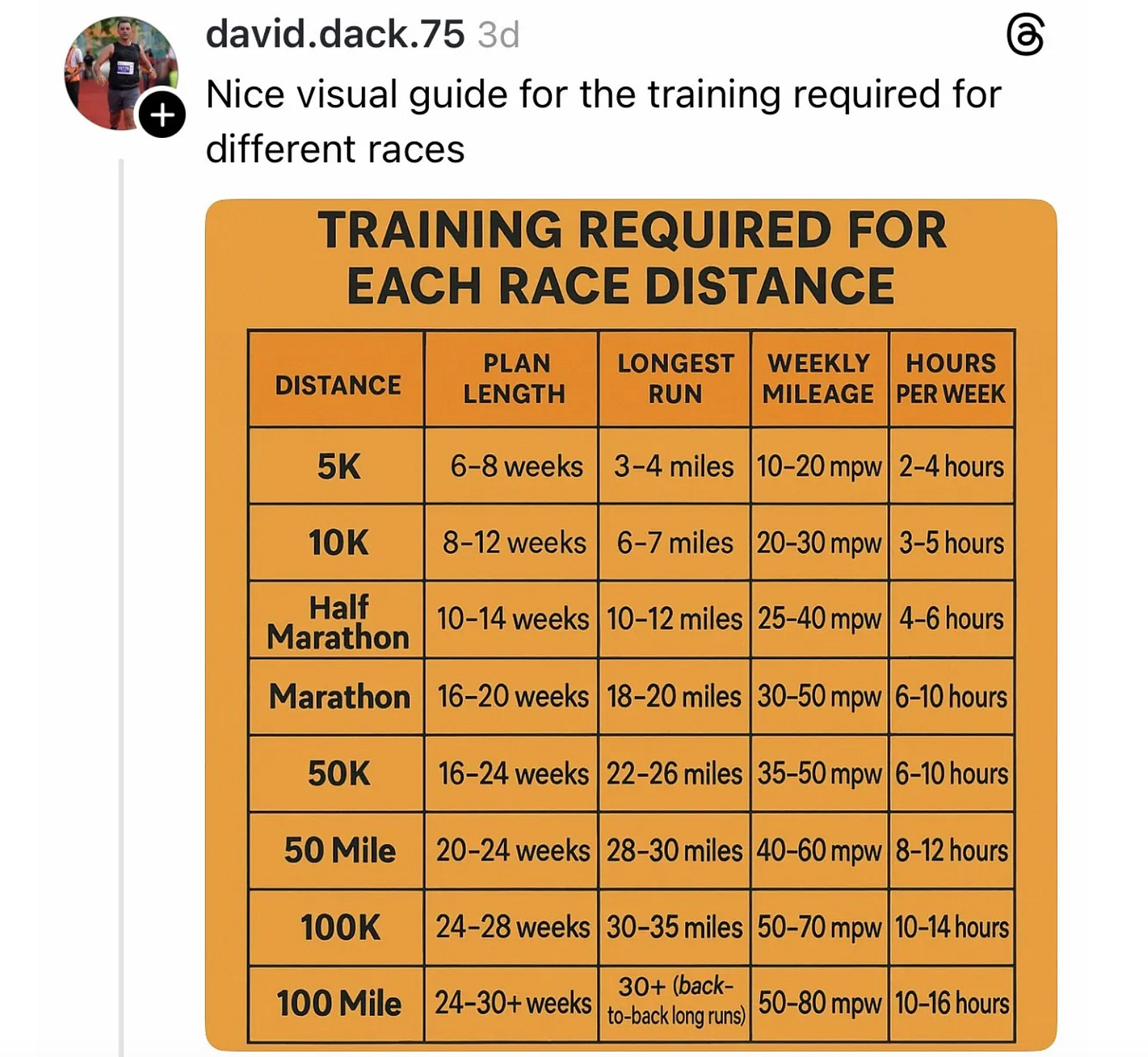Heya and welcome back to Five Things Running!
Let me put it this way: my last week of running started well and ended quickly. I came down with a cold, also known as “deadly men’s flu” by German wifes as their husbands bitch and moan as if they are have lost all hope for recovery. Anyhow, I’m feeling a bit better now, but I am really annoyed that I only did two runs and had to skip my long run. I did do one nice morning run around the Alster, which was just wonderful, until it started to rain for the last two kilometers.
Remember to get your Waldlauf apparel - it’s ideal for fall days, especially when you’re not running in the rain!
Here’s this week’s Five Things Running!
The Forgotten Art of the Race Tee
The race shirt had become emblematic of our increasingly Neoliberal consumer culture, where hardly a baseball stadium or music venue hasn’t been renamed after a corporate sponsor and everything from toasters to washing machines are built to replace, rather than built to last.
I sometimes wonder if I’m just nostalgic for an era that can never return, an aging curmudgeon complaining that nothing new is any good. But those moments are fleeting. Each time I put on one of my dad’s old shirts, I’m reassured that, no, they really were better back then.
I have so many shirts I will never ever wear again because they look butt-ugly and feel like a plastic bag, but I somehow cannot throw them away as they remind me of a nice race I participated in a few years ago. I wish they would produce better and cooler finisher shirts again.
Running Can’t Save You. But It Can Help.
And as I’ve gotten older, I’ve begun to see deep connections between how I train and the way I live and work. The mental process one uses to run faster and the mental process one uses to get through anything hard are connected. Pain has physical causes, but it’s mostly a mental process: We slow in races less because we reach our physical limits than because our minds get scared.
Nicholas Thompson has a lot of smart things to say about running.
A moment that changed me: I hated running – until I saw it through my daughter’s eyes
That was until, at the age of 38, I agreed to go for a run with my five-year-old daughter. My husband had been a runner for a few years, and I was trying to get better at it. As a result, we talked about running a lot at home and my daughter started showing an interest. She said running sounded fun, which reminded me that was the point – it was meant to be an enjoyable hobby that made you feel better, not worse. Her attitude made me realise that running was now something I chose to do, rather than something I was forced into.
My daughter liked running races with her brother but wanted to try going further. Friends with children suggested we try junior parkrun – 2km runs for four- to 14-year-olds, which aim to get kids active and make running accessible. Adults can run with their children, and events are focused on having fun, rather than pushing for a personal best.
I need to go running with my daughters more.
Do trail runners really need an off-season?
Running on trails gives your entire body a solid workout. Challenging climbs, technical descents and uneven surfaces stress stabilizing muscles and connective tissue that don’t always get a chance to recover. Taking two to six weeks of reduced training after your main goal race allows those tissues to rebuild and your nervous system to reset. Coach and exercise physiologist Greg McMillan emphasizes that adaptation happens during the recovery phase, when the body has space to absorb the training stress, rather than simply adding more. Skipping that window might prevent you from becoming faster, and even if you don’t immediately notice issues, they can sneak up later as fatigue, stagnation or injury.
We all need some recovery after a long season, that’s what the holidays are for, I guess.
Maybe Your Body Isn’t Cut Out For This
I’m not going to let a single person shake what I know: I do not believe that high mileage is the only way, and frankly I find it elitist and gate-keeping of the sport to suggest that you must run 80+ mile weeks to be able to run 100 milers.3 A happy medium must exist, taking into account individual variation and training response, and I thought I found that in my prep for HiLo - 50-60 mile weeks, lots of vert, lots of hiking. (and for what it’s worth, anyone can see that my broken patella was entirely unrelated to the amount of mileage I put in beforehand).
Coming back after an injury is never easy, but I assume it is so much harder when someone wants to run much longer distances than most people do…
Thanks to COROS for supporting this publication!
If you missed last week’s edition, you can read it here:
Now, go running!
— Nico
🏃🏻♂️









Nice one! I've been thinking about doing an old school race tees series for Willpower for a long time.